Andrew Sydenham and Phil Hall dust down some old kit as they reacquaint themselves with the delights of shooting with a range of classic cameras
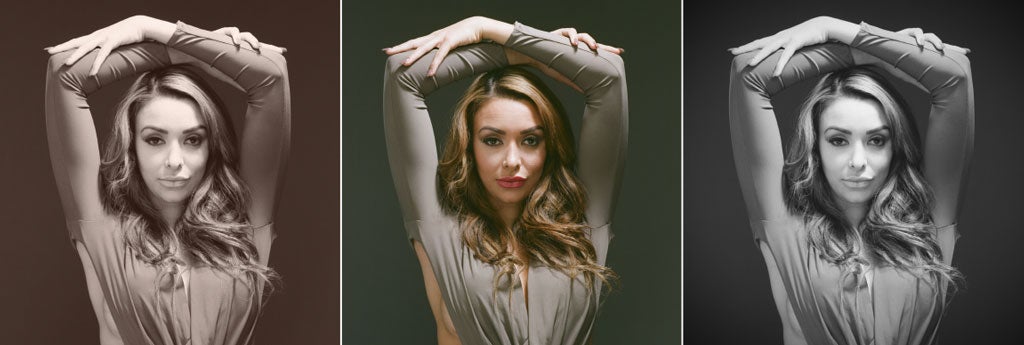
After being spoilt with the latest digital kit, we find out what it’s like to go back to basics
These days, even the most affordable DSLRs and mirrorless cameras offer a wealth of sophisticated technology. Not only does this make life that much easier for the photographer, but it also means these cameras, along with the latest lens designs, are capable of delivering images that are incredibly rich in detail. As a result, it’s easy to forget the trials and tribulations some of us had to go through when shooting film, or more specifically, with film cameras.
With this in mind, we thought we’d bring together some of the film cameras that have made their way into the hands of the AP team over the years and see what it’s like to shoot with them now in a studio environment. To add to the challenge of shooting with classic cameras, we wanted to see whether we could get a shot that would be good enough for the front cover.
Hasselblad 500C/M
Andrew Sydenham
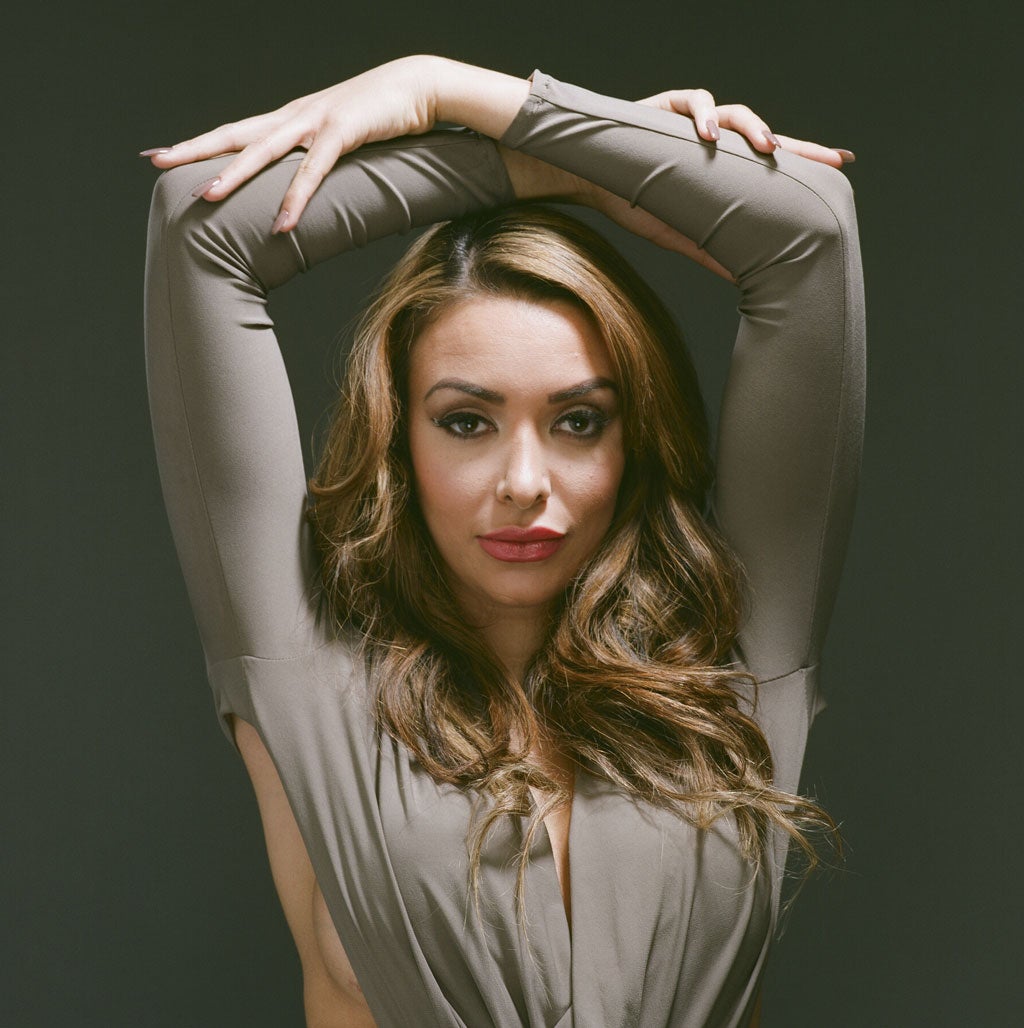
About the Hasselblad 500C/M
This Hasselblad system camera was born in 1957. The 500 series is renowned for its excellent optics, sturdiness, reliability and compact size, and it has only recently been ousted as the professional camera of choice by the advent of Canon and Nikon DSLRs. Almost everything is interchangeable – lenses, prism/viewfinder, film-winding knob and film back – which makes it an extremely flexible system. The square 6x6cm format on 120 rollfilm makes the most of the image circle from the lens and means you don’t have to turn the camera sideways for portrait photographs.
An old friend
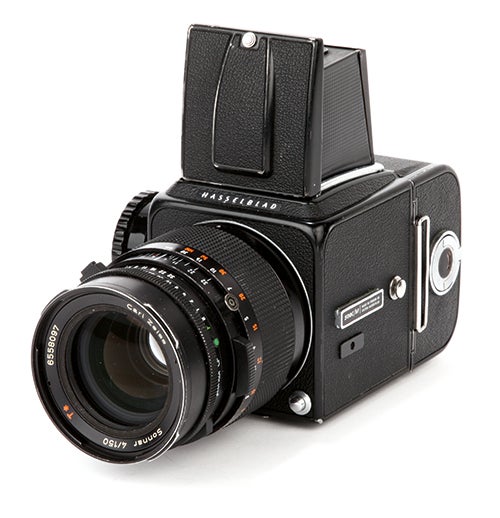
There’s no getting away from the fact that the 500C/M is a lovely-looking piece of kit
When I unearthed my Hasselblad 500C/M and associated kit from its rather sumptuous fitted case, it was like greeting an old friend returning from overseas. I’m embarrassed to say I haven’t used this beautiful camera for many years. The first thing I noticed was the plethora of yellow Hasselblad service stickers adorning every available surface.
Although there are no batteries or electronics to worry about, the sophisticated traditional engineering needs regular attention to keep everything on track, one of the few things that hasn’t changed radically with the advent of the digital age.
The Hasselblad 500C/M, with its stunning good looks and gorgeously vintage aesthetics, is still a very sought-after camera. With its look-down-style viewing screen and a lovely hand crank on the side to advance your film, it’s an absolute delight to use. The original design targeted professional photographers, and vintage prices clearly reflect that. After all, the company has often been deemed the Rolls-Royce of cameras.
The optics and image quality rank among the very best, and many photographers rely on the 500C/M today, as there is a range of digital backs available that complements the film-back options.
Before I switched to digital capture, I would shoot numerous Polaroid test shots to fine tune the lighting and check that every aspect of the shot was perfect before exposing a single frame on a roll of film. Not having that luxury any more, I admit to testing the set-up with some digital shots on the tethered Canon EOS-1Ds Mark III to assure myself everything was on track before lifting the film camera.
The workflow is distinctly slower. Manual focusing on the ground-glass screen required brighter modelling lights than I’d grown used to with fast lenses on DSLRs, and I found I was continually checking and re- checking the focus as I progressed through the 12 exposures. Every shot has to count – the throwaway digital approach could end up being very expensive when you consider the add-on cost of processing and scanning to the already substantial film bill.
The slower pace and look-down viewfinder make for a more direct relationship with the model. Directing and posing are inevitably slower, but they are also a refreshing experience that is rewarding. The limitations of film force you to slow down your creative process, but this is part of the real joy of shooting with film.
Pentax Spotmatic SP with 50mm f/1.4
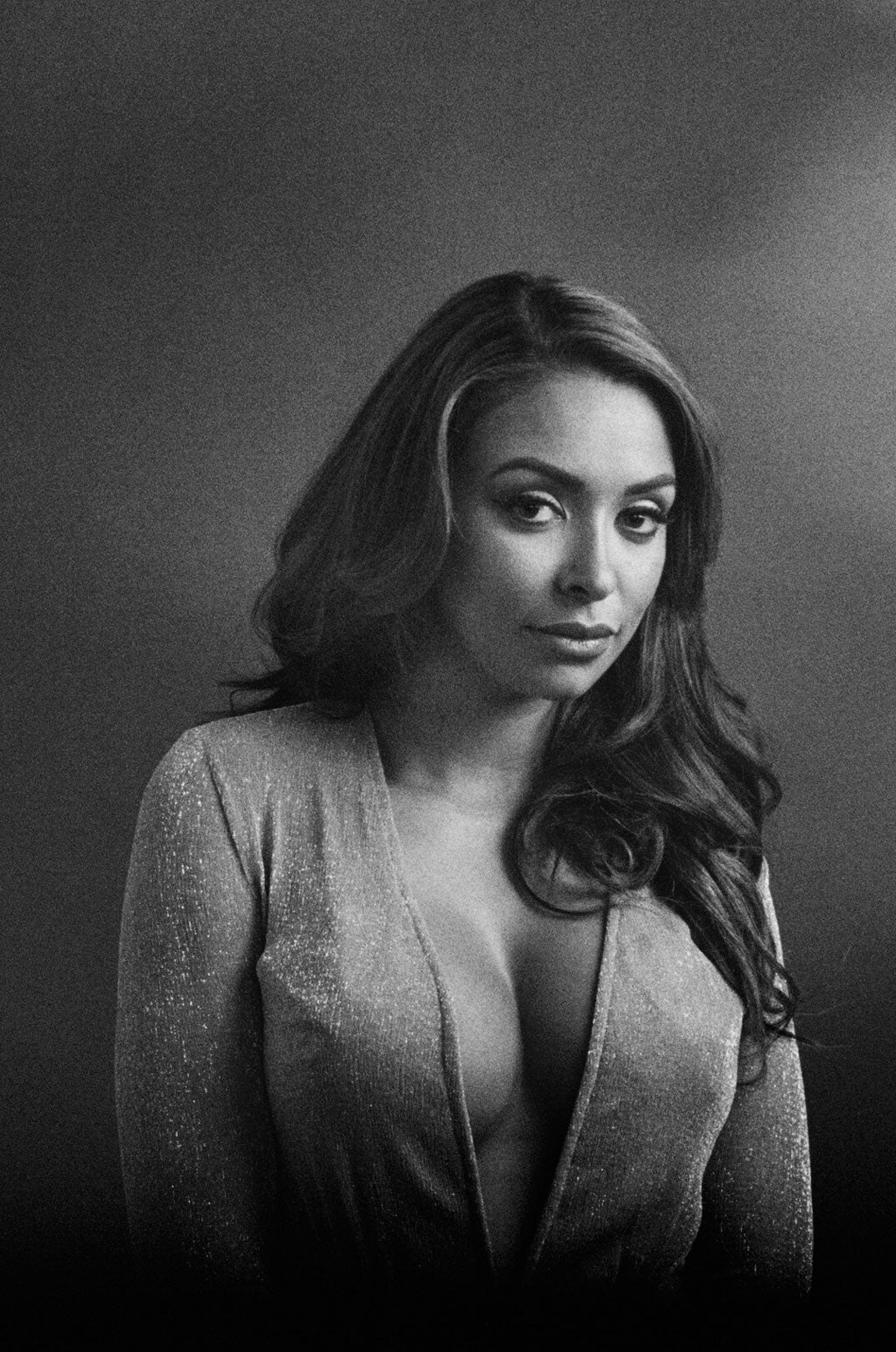
The Spotmatic SP was built like a tank, but with an intuitive layout, was a joy to use. Image by Andrew Sydenham
First released by Asahi back in 1964 and built like a titanium Swiss watch, the Pentax Spotmatic SP is a great performer. It does have an odd metering system which requires the aperture to be stopped down to get a proper reading. It goes without saying that it takes a bit of getting used to, but is very functional once mastered. The lenses for this camera are M42 Pentax screw-mount, which are very easy to find and really cheap, as many brands over the years made lenses in this mount. This is the predecessor to the Pentax K1000, the mainstay of college photography students the world over.
Andrew says
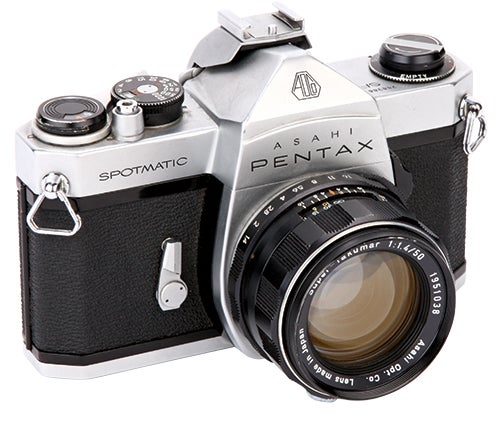
The Pentax Spotmatic SP has its own unique character
It’s difficult not to be overcome by the sheer beauty and weight of this camera when you shoot with it, which gives the feeling that it’s been hewn from a block of titanium. It sits in the hand as well as any SLR ever made and is only pipped at the post by the iconic Nikon F as an outright looker.
The classic control layout is an intuitive pleasure and, when combined with the legendary 50mm f/1.4 Super-Takumar lens, I felt very confident of a great result.
Mockba-5 (Moskva-5)
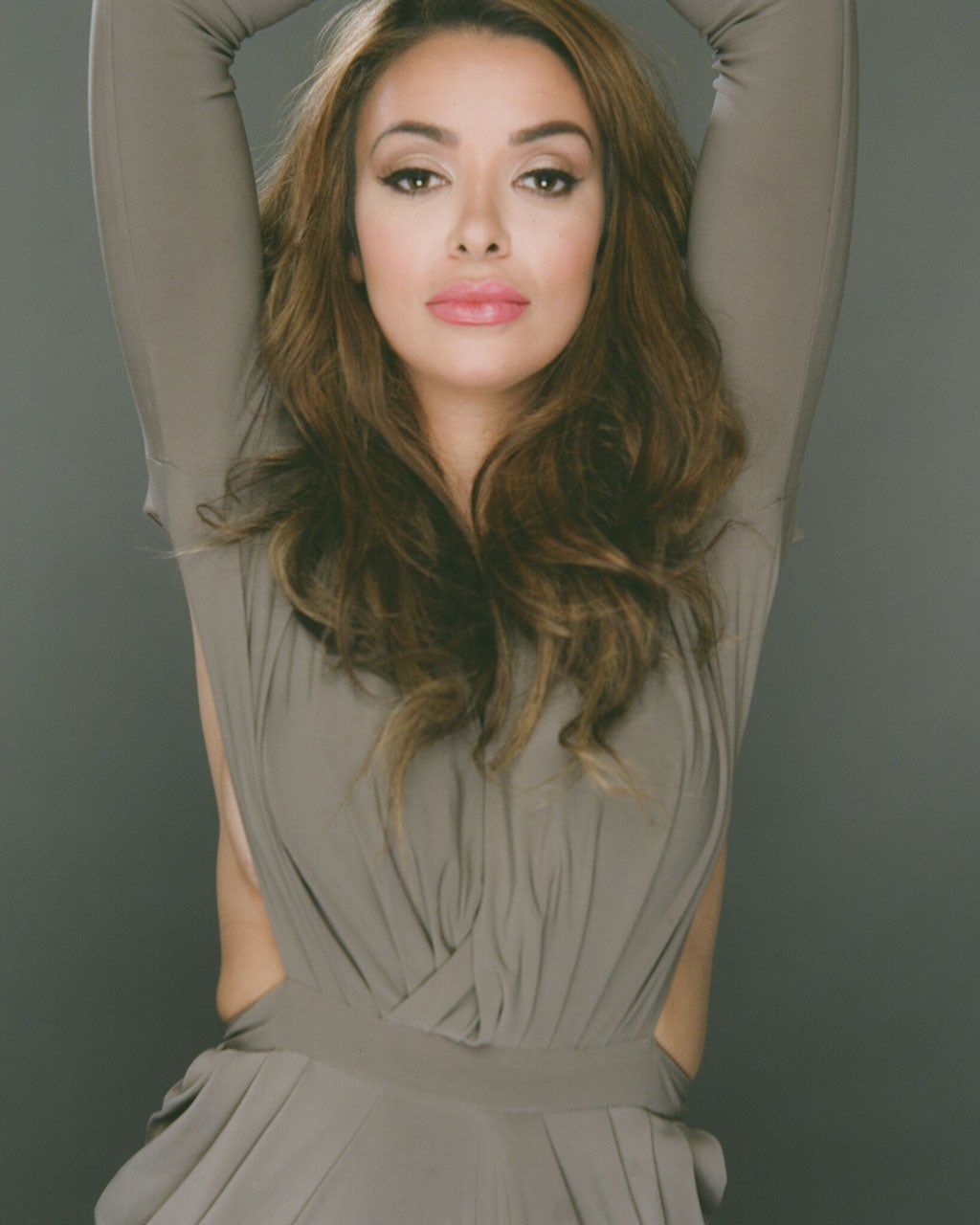
The Mockba-5 couldn’t quite match the clarity of the other cameras. Image by Andrew Sydenham
The Mockba-5 is a 120-film Russian camera from the late 1950s, with the option to shoot 6x9cm images along with 6x6cm if the mask is employed. It is a virtual copy of the wonderful Zeiss Ikon Ikonta C. Its ability to fold up makes the Mockba-5 more practical than the huge twin-lens reflex cameras, the coated Industar-24 105mm lens is very capable, and the coupled rangefinder makes focusing simple. If you are lucky enough to find one in good condition, you have not only a tasty collector’s item, but also a very usable classic.
Andrew says
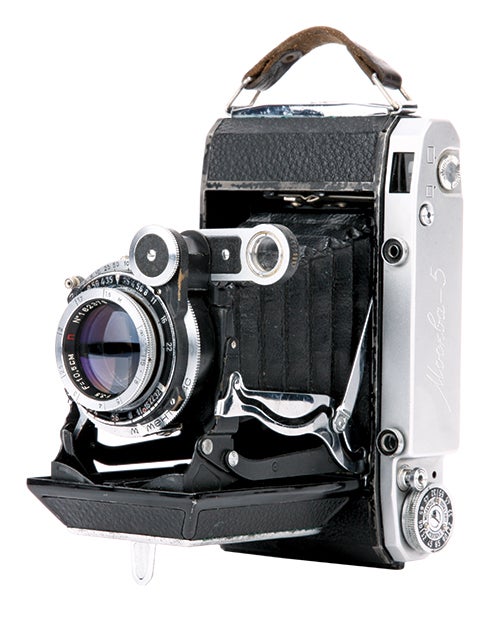
The Mockba-5
With its truly vintage looks, the Mockba-5 – as a medium-format folding camera – is reasonably easy to get on with. Loading the 120 film requires concentration and careful study of the indicator window to avoid winding past the start. Parallax is a problem, though: what you see through the viewfinder is not necessarily what you will get in the image, since there are many angles through which you can look through the viewfinder. The discrepancy was most noticeable in close-up images. Although I allowed plenty of leeway in the compositions when shooting, I still managed to crop out some of the subject.
Canon Canonet QL19
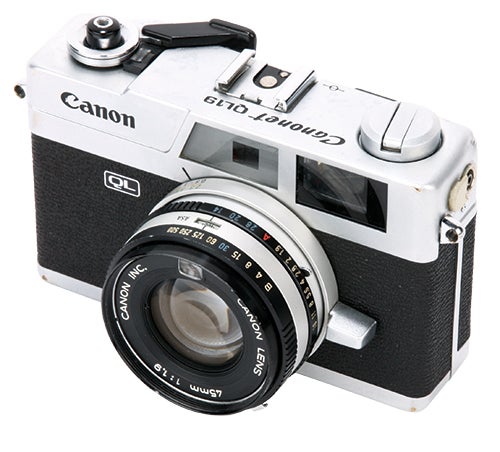
The Canon Canonet QL19
The Canon Canonet QL19, produced in 1965, is a very well-built compact rangefinder camera, and the 45mm f/1.9 lens can create wonderfully sharp images with excellent contrast. There is a selenium photocell meter mounted on the front of the lens and the Canon QL quick film-loading system simplifies film loading. Canonet was a very strong- selling series and good examples are fairly easy to find. For street photographers keen to shoot film, this is still a great option.
Andrew says
The Canonet is a pleasure to use. It’s compact, although not light, and the 45mm lens is good as a standard for street photography but rather short for portraits and studio work. The shutter is incredibly quiet and vibration free, and the rangefinder is bright and simple to focus. Accurate framing, however, will be an issue if you’re used to an SLR or DSLR camera.
Nikon FM
Phil Hall
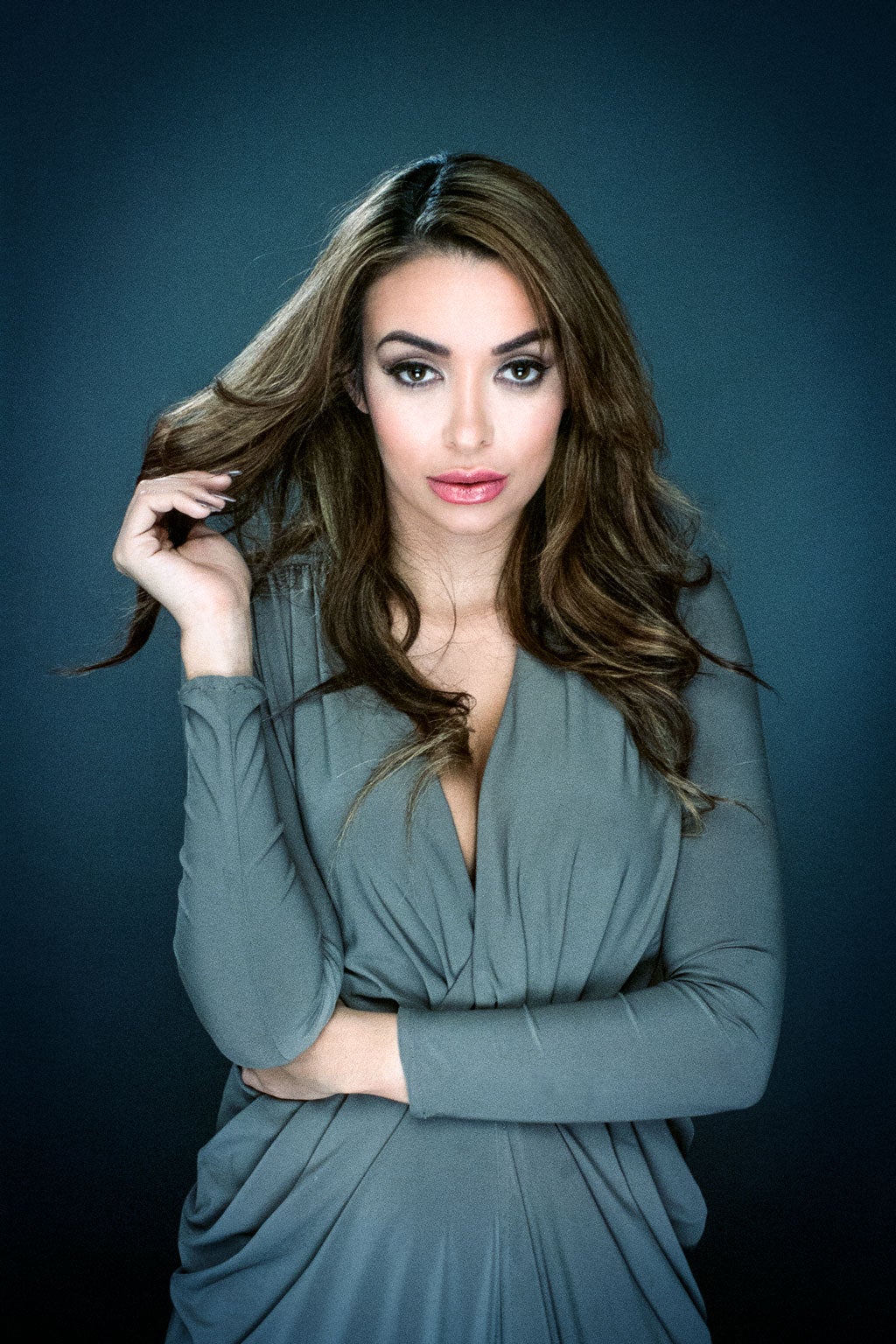
The FM paired with the 50mm f/1.4 worked like a dream, but the lens came into its own once on a DSLR. Image by Phil Hall
About the Nikon FM
THE FM is a classic from Nikon. This mechanically operated semi-professional compact 35mm SLR was introduced in 1977, and was designed to be a more affordable alternative to Nikon’s flagship F-series range of SLRs. Nikon would use this same chassis (with some minor modifications) for another 29 years, with the FE, FM2, FE2, FA and FM3A all based on it.
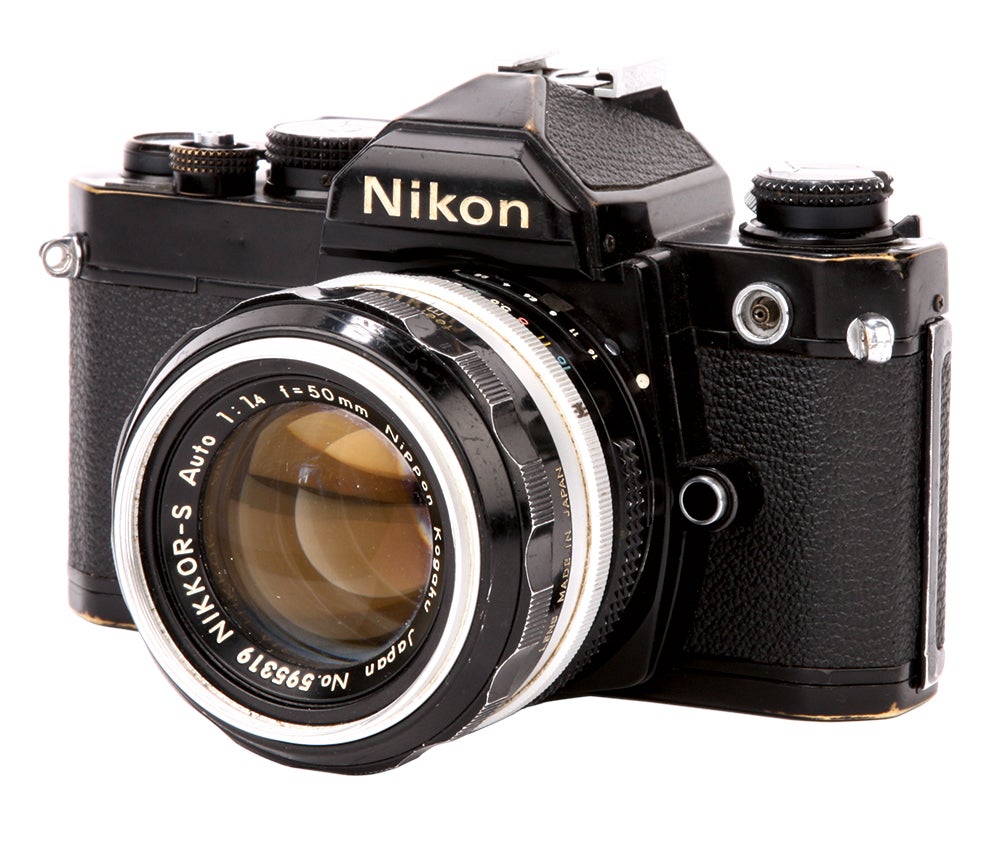
Nostalgic pang
This battered and bruised FM had seen a hard life before I picked it up in an Army Surplus Store some ten years ago for £20, while I borrowed Richard Sibley’s similarly battered and bruised pre-Ai Nikkor 50mm f/1.4 to pop on the front.
There was a nostalgic pang as I loaded the film and advanced to frame number one, while the minimal controls were rather liberating after the plethora of settings normally on offer on my modern-day DSLR.
With an exposure dialled after some quick maths, making a mental note to adjust for the ISO 400 film stock I was shooting with, it was time to shoot.
I was constantly paranoid about getting the focusing right, to the point where it slowed me down quite a bit as I made minor adjustments – and while I was doing this I forgot to communicate with the model, confirming the stereotype that men can’t multi-task.
With focusing sorted, I fired a shot. Then, as I tend to with a DSLR, I went to look at the rear screen to see what the shot looked like, only to be greeted with the stark black of the rear of the camera. Oh well. I fired the shutter again, only to realise that I hadn’t wound the film on. After these schoolboy mistakes, I gradually got into the swing of things, though, and began to work a lot more quickly, with the FM being a pleasure to use.
I also wanted to see what the 50mm was like on a modern-day DSLR, so I married it with the rather unforgiving D810, with its 36-million-pixels. I was incredibly impressed by how sharp it was. The 50-year-old or so design delivers bags of detail – a match for my own 50mm f/1.4. You can see for yourself below.
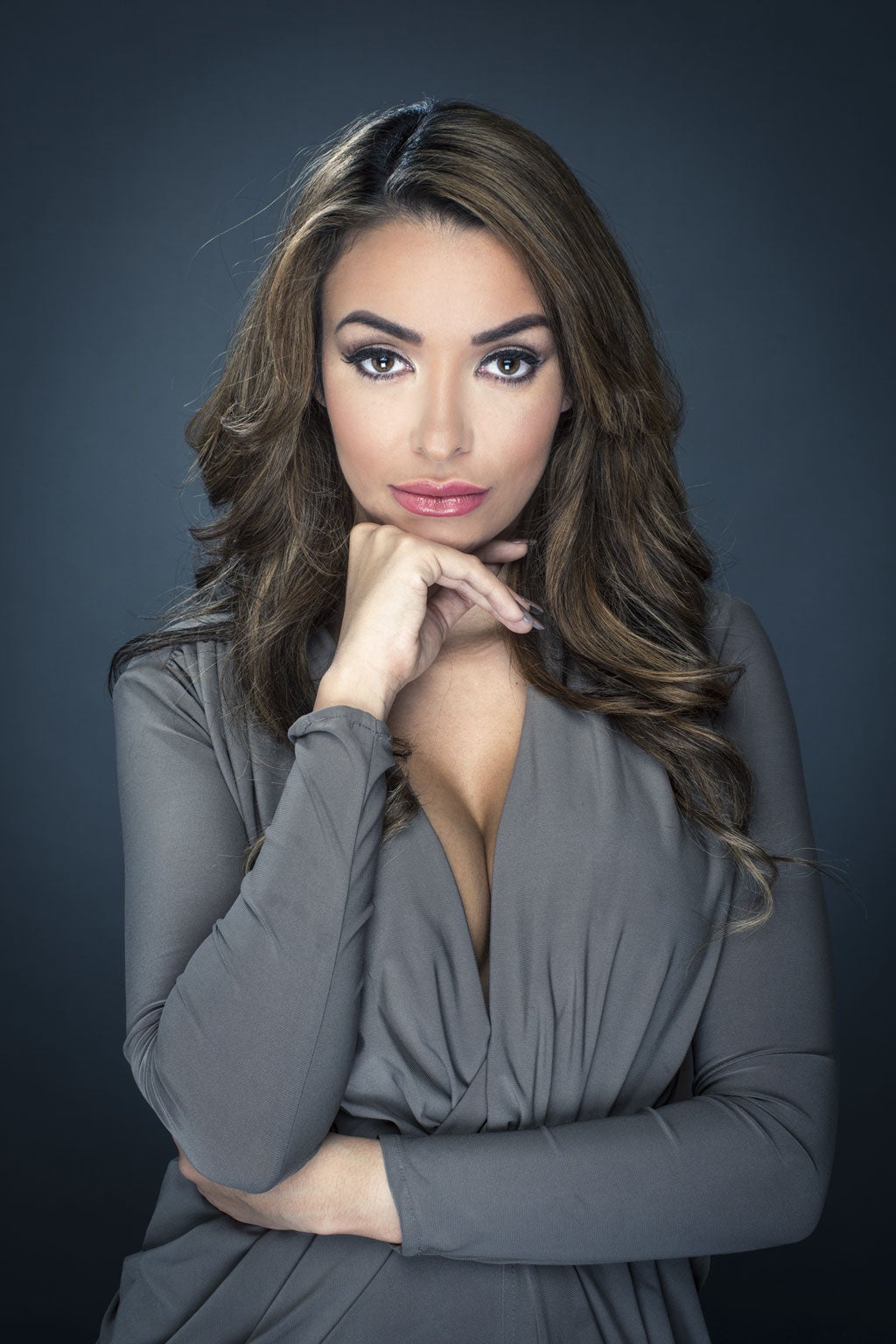
This image was shot using a 1962 lens that cost £50. Image by Phil Hall
Shooting with classic cameras: Final thoughts
Film photography inhabits an entirely different world from digital photography. There is no convenience of the storage card or a screen on the camera back for previewing your pictures, films are usually 12 exposures on 120 or 36 with 35mm, while a single memory card can hold hundreds or thousands at a time.
With film, you have to finish an entire roll before you’re able to change film types (unless you want to waste the remainder of the film), whereas a digital camera’s ISO, like everything else, can be adjusted with the touch of a button. Any digital photographer who makes the switch to film will tell you how much harder and involved it is before you see your results, but also how rewarding it is when you finally see them. Digital pictures emphasise sharpness, clarity and technical perfection, whereas film photographs are judged more for their fundamental aesthetics. This is why film photography, with decades-old cameras, films and processes, remains just as relevant as the latest digital cameras coming out today.
Digital photography focuses on various qualities from vintage film cameras and so, even though the mechanical and technical processes of taking a picture are the same in both mediums, film photography is just ‘different’.
Film and processing
The choice of available film stock is now much reduced, with manufacturers dropping once popular lines and formats. For maximum versatility and exposure latitude, we opted to shoot colour negative film and managed to acquire Fujicolor Pro 160NS 120 film and some rolls of Fujicolor Pro 400H 35mm from Silverprint (www.silverprint.co.uk).
Once the shoot was completed, films were sent off to Metro Imaging (www.metroimaging.co.uk) for developing and scanning to CD.




